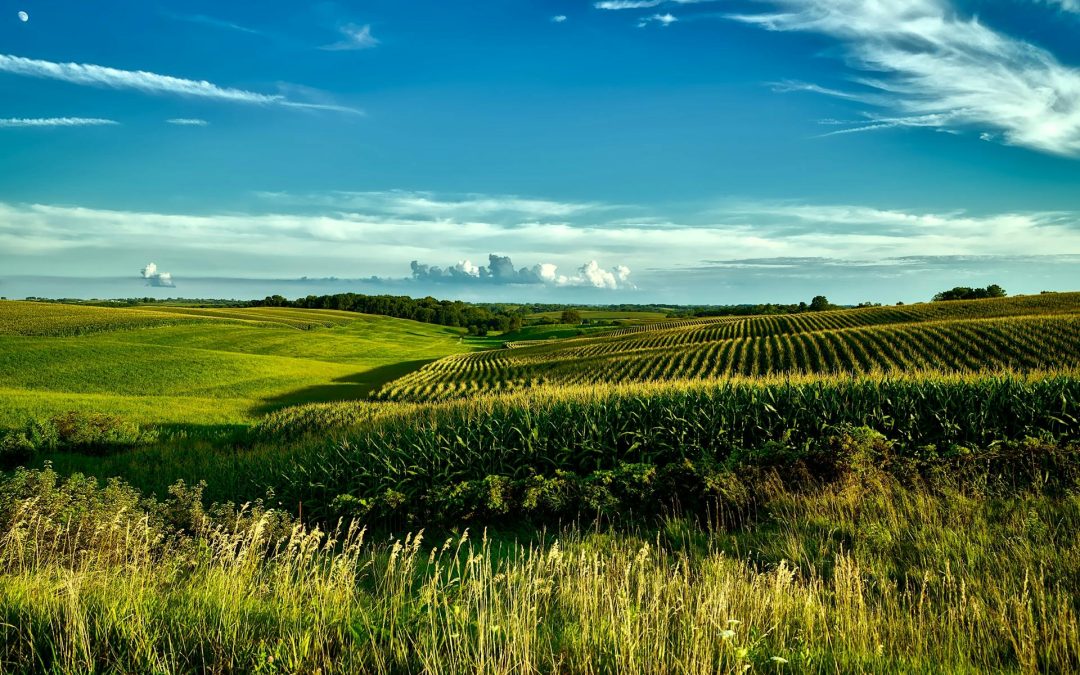News
Latest News

European Union Recognizes SSAP-RED
Jan 31, 2019 – St. LOUIS, MISSOURI – The European Union announced today the acceptance of the SSAP-RED as a voluntary scheme under the Renewable Energy Directive (RED). This recognition allows soybean oil from SSAP-RED certified soybeans to be used as feedstock for...

European Union Recognizes SSAP-RED
Jan 31, 2019 – St. LOUIS, MISSOURI – The European Union announced today the acceptance of the SSAP-RED as a voluntary scheme under the Renewable Energy Directive (RED). This recognition allows soybean oil from SSAP-RED certified soybeans to be used as feedstock for...

European Union Recognizes SSAP-RED
Jan 31, 2019 – St. LOUIS, MISSOURI – The European Union announced today the acceptance of the SSAP-RED as a voluntary scheme under the Renewable Energy Directive (RED). This recognition allows soybean oil from SSAP-RED certified soybeans to be used as feedstock for...